FADs increase tuna fishing efficiency but can potentially increase bycatch, pollution
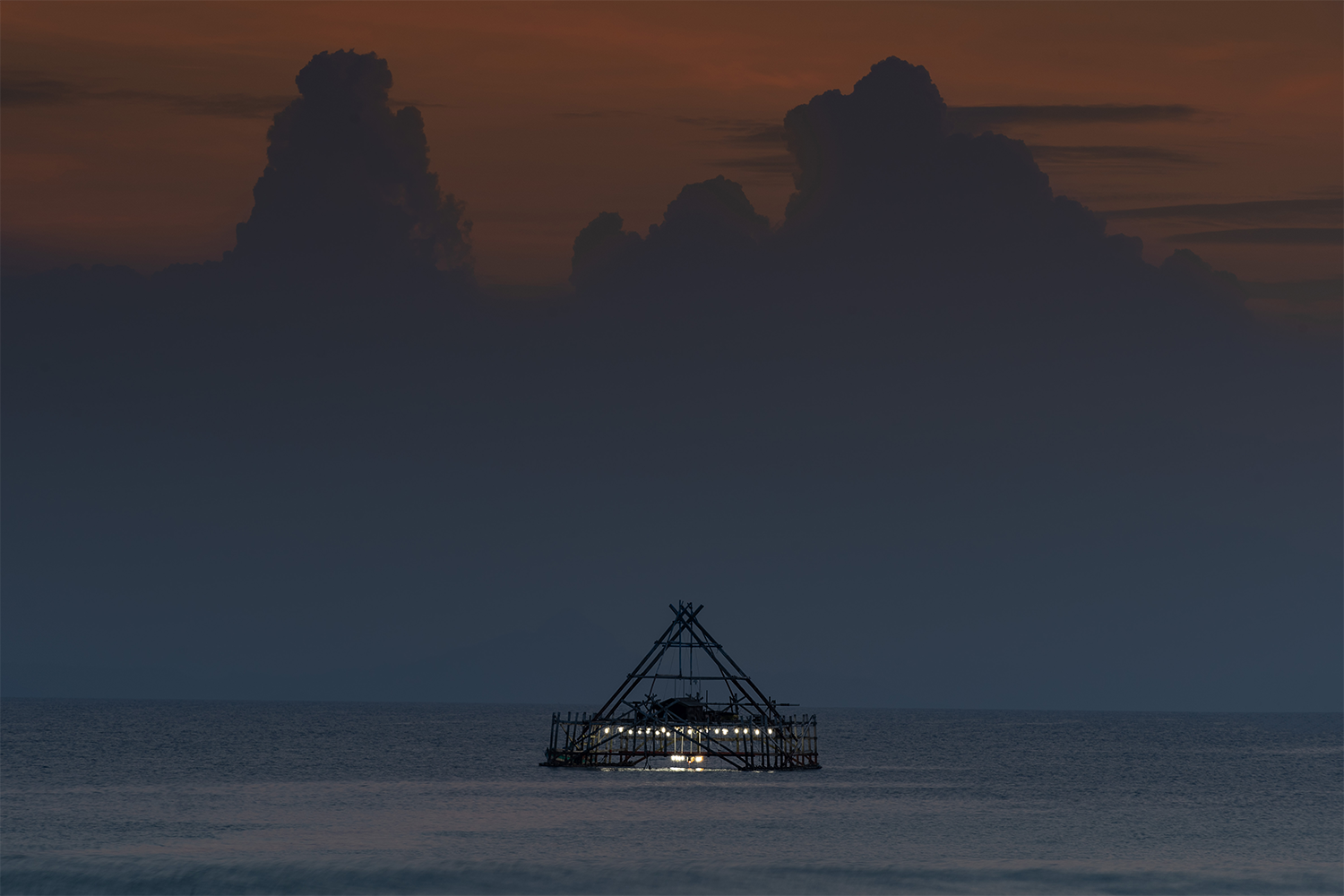
Fish aggregating devices (FADs) are big floating rafts in the middle of the ocean used to concentrate fish in one location to make them easier to catch. Some FADs are moored close to shore, but most are drifting in the open ocean targeting pelagic species like tuna, swordfish, and mahi mahi. Purse seine vessels affix FADs with electronic beacons so the vessel can find them, and many have acoustic fish detectors that relay via satellite how many fish are aggregated under the FAD.
FADs increase fishing efficiency, keeping costs and carbon footprint lower than non-FAD fishing, but have potential drawbacks when FAD fishing is managed poorly. Aggregating devices can potentially increase overfishing and bycatch of certain species, while lost FADs end up as ocean trash.
This post covers the benefits and drawbacks of drifting FADs using the recent paper by Pons et al. 2023, who argue that management solutions exist to mitigate the negatives.
The benefits of FADs when fishing for tuna and other pelagics
Fish in the open ocean love structures and often congregate around any type of floating mass. Anything will do: Fallen trees, beds of seaweed, and even large pieces of man-made trash all attract sea life.
Fishermen know this and make their own drifting FADs to congregate fish to make catching them easier. More efficient fishing means less fuel used in search of fish, higher profits, and ultimately lower consumer prices. Drifting FADs are mainly used in conjunction with purse seine nets to encircle schooling tuna.
Between 20,000–40,000 drifting FADs are deployed each year in the Western and Central Pacific Ocean and 16,000–25,000 in the Eastern Pacific Ocean. Roughly 66 percent of global tuna catch comes from purse seining of which 37 percent are associated with FAD fishing.
FADs are growing in popularity because of their efficiency benefits. Pons et al. 2023 report five benefits stemming from increased efficiency in tuna purse seine fishing:
- A reduction in search time;
- Remote identification of promising fishing areas;
- A reduction in the number of null sets (i.e., sets where the vessel is not successful in encircling the fish school);
- Improved job security via more stable catches
- An increase in overall landings
FAD fishing is 1.35–3 times more productive for yellowfin, bluefin and bigeye tuna fishing and 2–7 times more productive for skipjack than fishing for tuna from free-swimming schools.
Frustrated aquafeed companies decry stagnant Northeast Atlantic blue whiting quota negotiations
Drawbacks of FADs
Purse seine fishing has lower bycatch and carbon impacts than other forms of tuna fishing, such as longlines or pole-and-line, but FADs have higher bycatch rates than free-swimming purse seine fishing. Sea turtles, sharks and seabirds are also attracted to drifting structures in the ocean. More than 90 percent of sea turtles caught in purse seines are released alive, but shark mortality is high in purse seining (reportedly up to 84 percent) compared to just 3 percent for longlines. However, other sensitive species like manta rays and whale sharks are more common in free-swimming schools than FADs.
Another sustainability concern is that FADs draw a higher ratio of juvenile fish than free-swimming tuna schools. Overfishing juvenile tuna can be exacerbated by FADs and threatens maximum sustainable yield, which is the fisheries principle that refers to the largest catch that can be continuously harvested from a fishery without depleting the target species’ population or a given ecosystem’s capacity to support the population.
Aside from fishing-related threats, FADs themselves can have negative impacts on the ocean. Some scientists have argued that FADs alter the open ocean ecosystem by artificially creating habitat. Abandoned FADs are essentially ocean pollution and those made with old nets as part of the raft structure can continue ghost fishing. FADs are often unmarked, so managers have no way of knowing where an aggregating device came from or how to enforce regulations. Enforcement of any kind is particularly challenging on the high seas, where most drifting FADs are deployed.
How to manage a fishery with drifting FADs
Pons et al. 2023 lay out a series of management actions to address the drawbacks of FADs and argue that banning FAD fishing would increase environmental impacts. In the following table, the authors list seven negative aspects of drifting FAD fishing (left column), their management solutions (middle column), and the implementation status in tuna regional fisheries management organizations (tRFMOs, responsible for managing most of the world’s tuna).
Mossler, FAD impacts, Table 1.xlsx
| Negative impacts | Proposed solution | Implementation status in tRFMOs |
|---|---|---|
| 3.1. High catch of juvenile yellowfin and bigeye tunas | 5.1. Improving stock assessment | Catch from dFADs fisheries are included in all tRFMOs and CPUE standardization is a work in progress |
| 5.2. Allocation between fishing gears/set types | No catch allocations among fishing gears. Only effort limits in PS fisheries (fishing days in WCPFC, total closures in IATTC, FAD closures in ICCAT) | |
| 5.3. Discard bans and valorization of non-target species | Discard bans are applied in all tRFMOs but vary by region. The valorization of non-target species is well developed in the AO and developing elsewhere | |
| 5.4. Availability of echosounder buoy biomass and position data to science | All data required by IATTC and PNA in WPO. In IO position data available only for compliance and no data availability in AO | |
| 3. 2. Lack of reliable estimates of fishing effort | 5.1. Improving stock assessment | Relative indices of abundance are included in different ways in some tRFMOs |
| 5.4. Availability of echosounder buoy biomass and position data to science | All data required by IATTC and PNA in WPO. In IO position data available only for compliance and no data availability in AO | |
| 3. 3. Higher bycatch rates of non-target species compared to FSC | 5.5. Increase observer coverage | 100% in all tRFMOs except IOTC |
| 5.6. Limits on the number of deployments and active dFADs | Different limits in each tRFMO. A limit on FAD purchases per year in IOTC | |
| 5.7. Bycatch mitigation measures and best release practices | Required by all tRFMOs, implemented in different ways | |
| 3. 4. Ghost fishing | 5.8. Require low entanglement risk dFADs | Required by all tRFMOs. Only in IOTC and in WCPFC (from 2024 on) the use of netting is forbidden |
| 3. 5. Habitat perturbation / ecological trap | 5.6. Limits on the number of deployments and active dFADs | Different limits in each tRFMO. A limit on FAD purchases per year in IOTC |
| 3. 6. Impact on the habitat of lost and abandoned dFADs/Marine pollution/Stranding | 5.6. Limits on the number of deployments and active dFADs | Different limits in each tRFMO. A limit on FAD purchases per year in IOTC |
| 5.9. Biodegradable dFADs | Encouraged in all tRFMOs | |
| 5.10. Establish ownership rules | None | |
| 5.11. dFAD recovery programs | Only in IATTC (15 days prior to the closure, recovering same number of FADs as sets are done) | |
| 5.12. Spatial management of dFADs deployments | None | |
| 3. 7. Problems of ownership and tracking | 5.10. Establish ownership rules | None |
Banning FADs would increase environmental impacts
Drifting FADs have issues, but focusing on management solutions rather than outright bans would be better for people and the environment. A ban on FADs would significantly reduce tuna catches, particularly skipjack tuna. Skipjack are the cheapest tuna and an important protein source for many people living in poverty.
Pons et al. 2023 point out that alternative protein sources from terrestrial food production would probably be worse for the environment and the carbon footprint of tuna fisheries would go up as FADs have lower fuel requirements than other types of tuna fishing.
A ban on dFAD fishing could either reduce global food supplies or transfer food production to other methods that are less efficient and or have larger environmental impacts (e.g., higher bycatch rate), possibly risking overfishing of species that are currently fished at sustainable levels or increasing overall impacts on marine ecosystems. For these reasons, it is essential to consider the full scope of positive and negative impacts of any dFAD management initiative, including a dFAD ban, particularly in light of the many viable management solutions for reducing the negative impacts of dFADs discussed here.
Pons et al. 2023 is open access – read the full paper here.
Now that you've reached the end of the article ...
… please consider supporting GSA’s mission to advance responsible seafood practices through education, advocacy and third-party assurances. The Advocate aims to document the evolution of responsible seafood practices and share the expansive knowledge of our vast network of contributors.
By becoming a Global Seafood Alliance member, you’re ensuring that all of the pre-competitive work we do through member benefits, resources and events can continue. Individual membership costs just $50 a year.
Not a GSA member? Join us.
Author
-

Max Mossler
Max Mossler is the managing editor of sustainablefisheries-uw.org and is an employee of the School of Aquatic and Fisheries Sciences at the University of Washington. His writing and analysis are independent of the Global Seafood Alliance and are published on the Advocate with his permission.
Tagged With
Related Posts
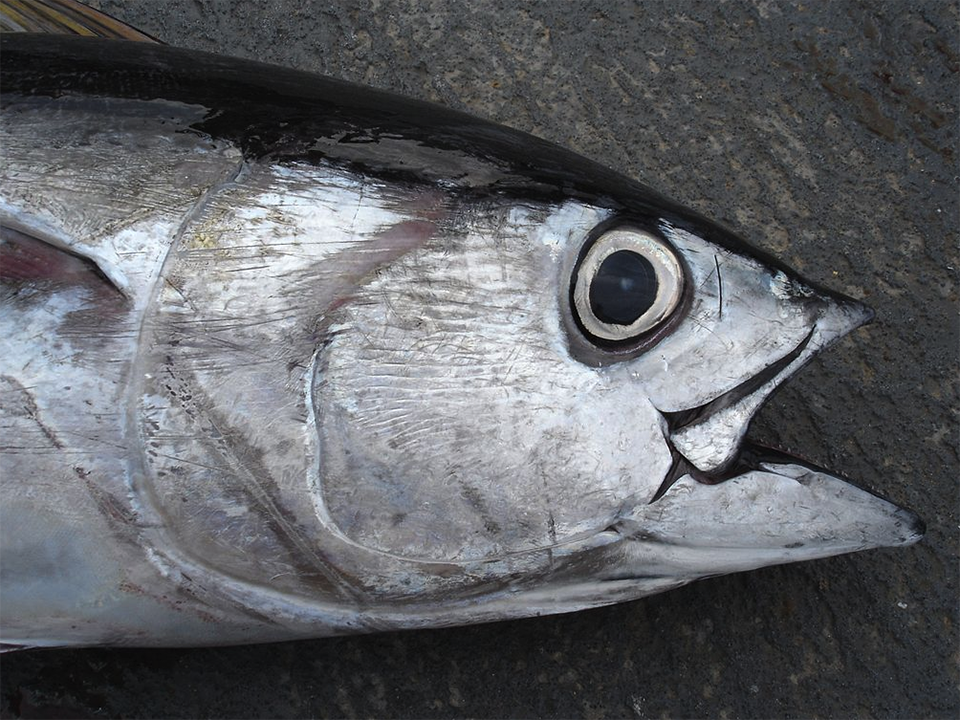
Fisheries
Fisheries in Focus: Marine protected areas don’t help tuna population, new paper shows
Using stock assessment and fishing data, researchers find that the Phoenix Islands Protected Area did not meaningfully increase the tuna population.
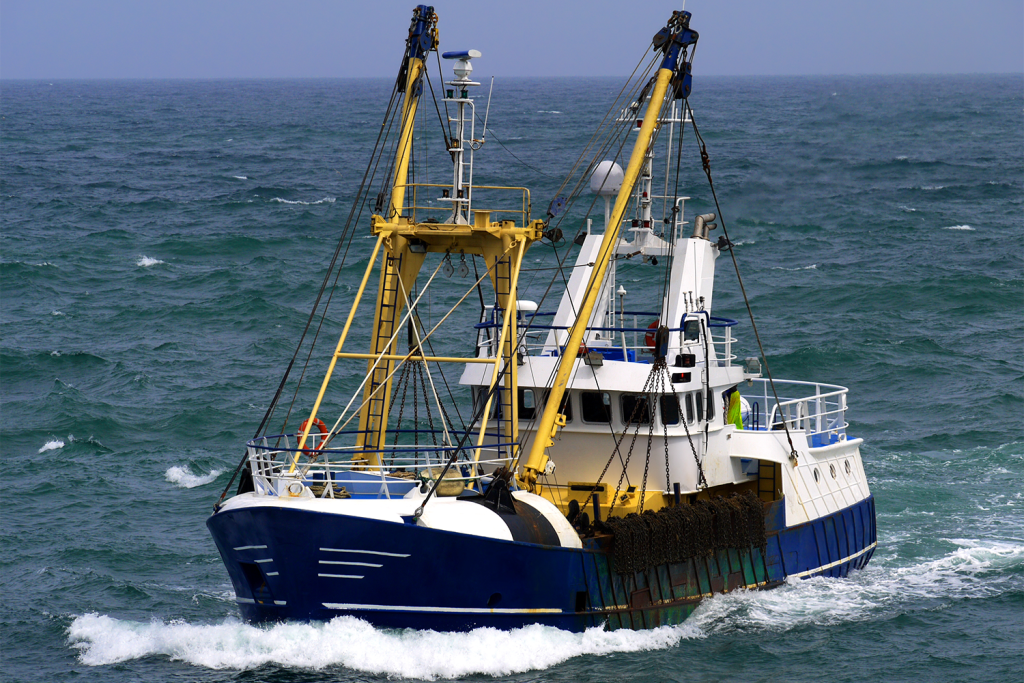
Fisheries
Fisheries in Focus: Busting misconceptions about bottom trawling and its environmental impacts
Fisheries researchers examine all environmental impacts of bottom-trawling and compare the fishing method to other forms of food production.
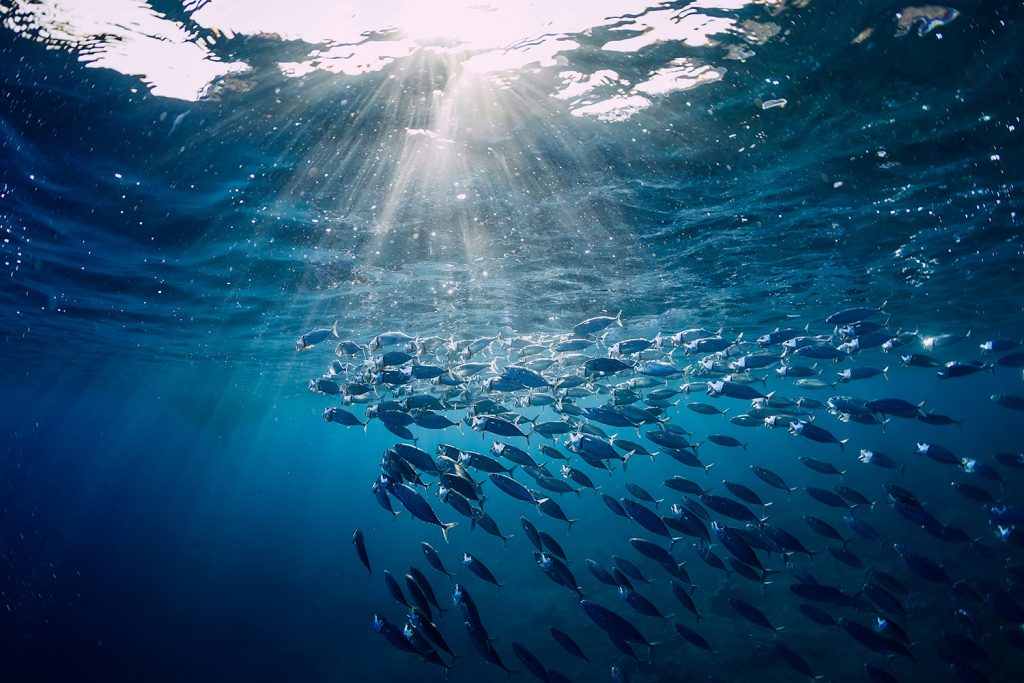
Fisheries
Fisheries in Focus: Tunas and billfishes are improving on the IUCN Red List – and it’s thanks to effective fisheries management
Sustainable Fisheries UW offers a rundown of the IUCN Red List and how tunas and billfishes benefit from strong fisheries management.
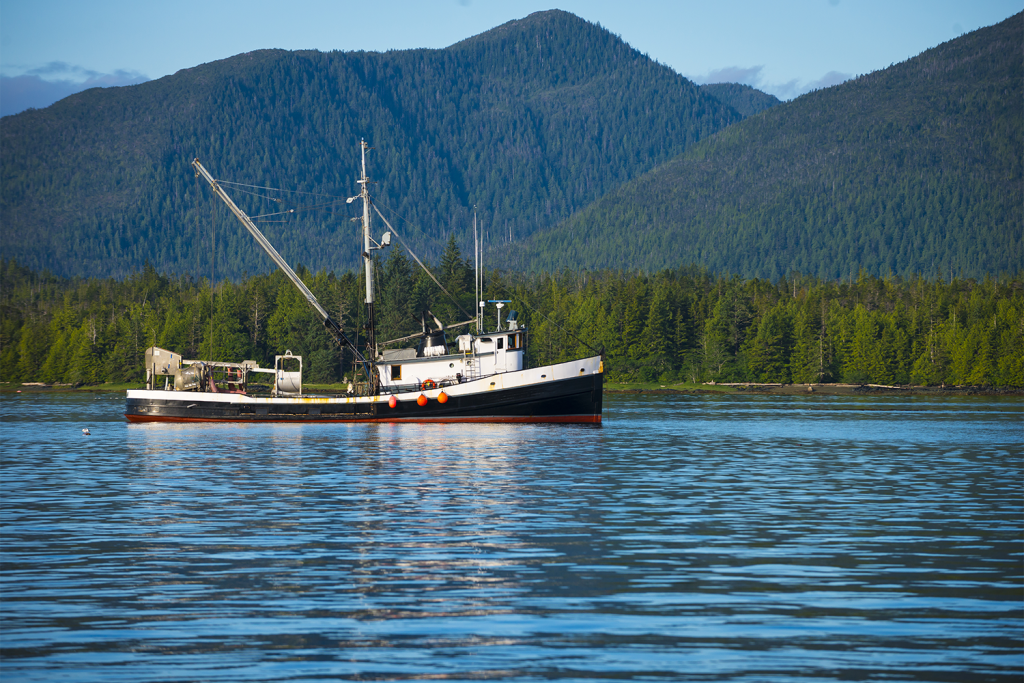
Fisheries
Fisheries in Focus: What is the Fisheries Management Index and what does it say about U.S. fisheries?
To properly evaluate a fishery management system, we need a measure of the management regime as a whole: Enter the Fisheries Management Index (FMI).


